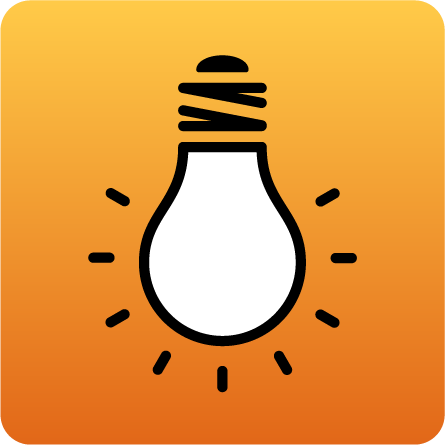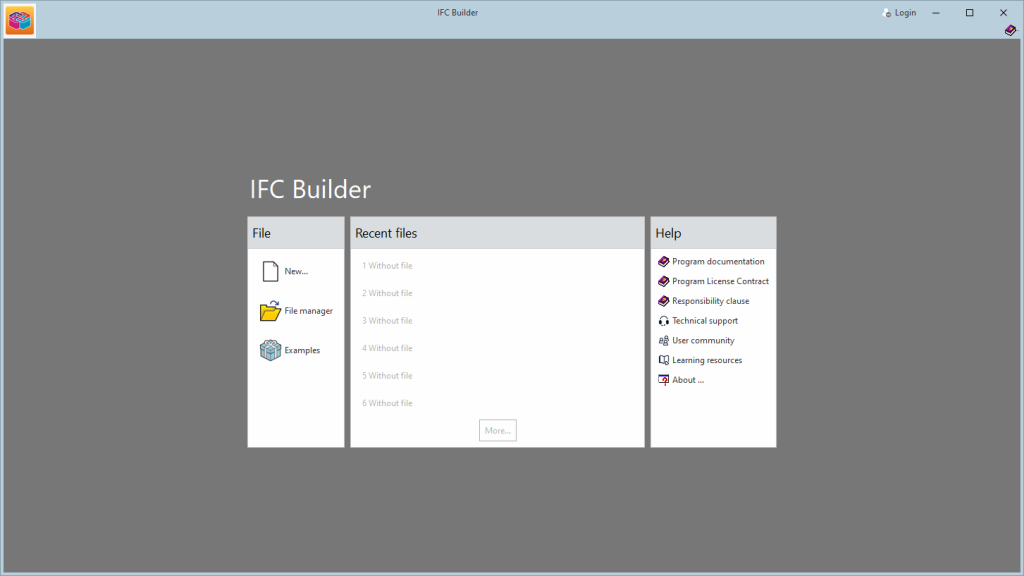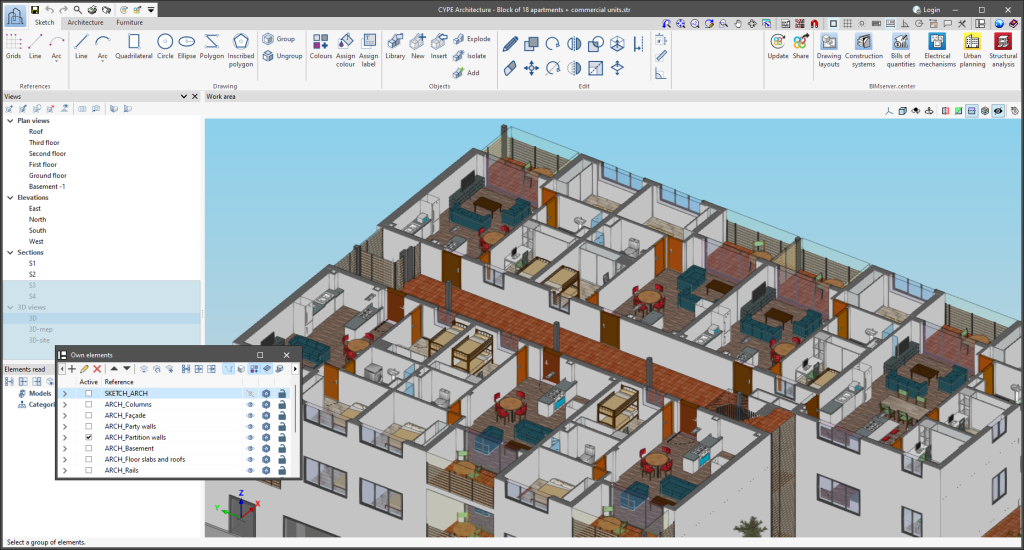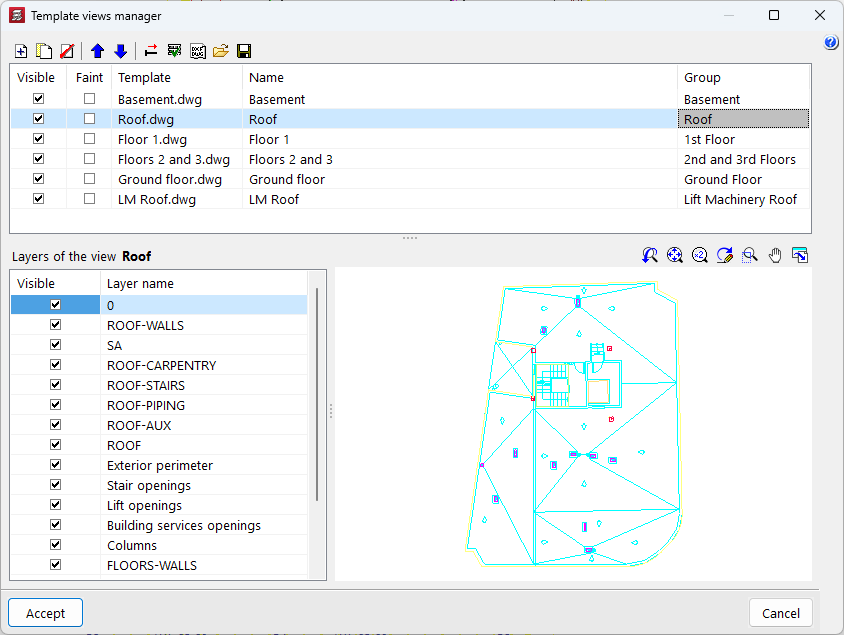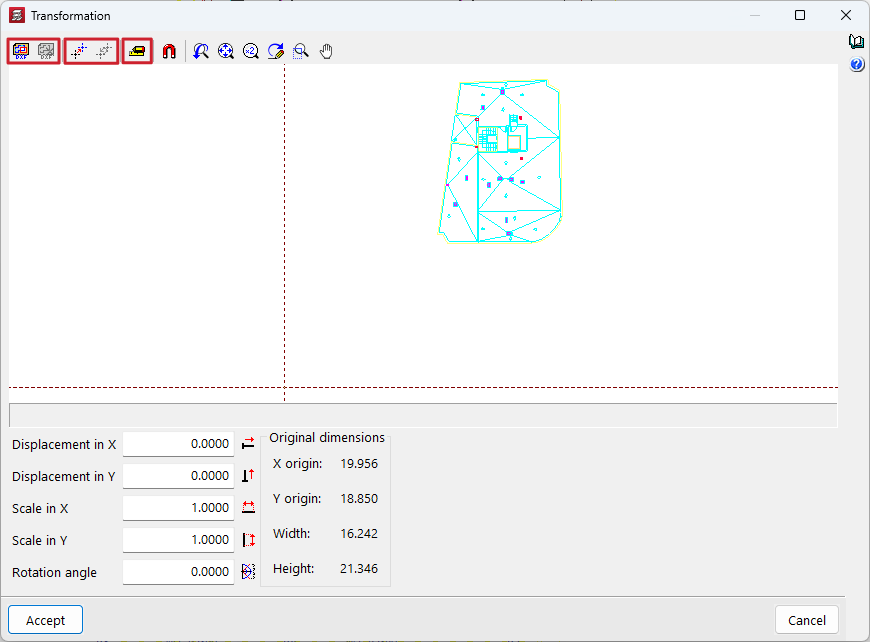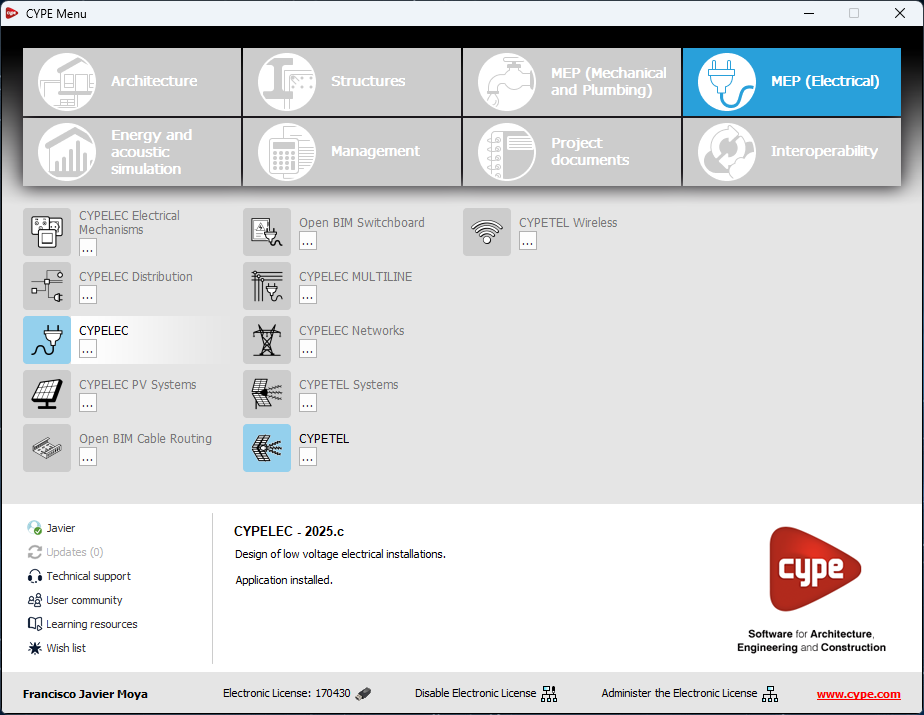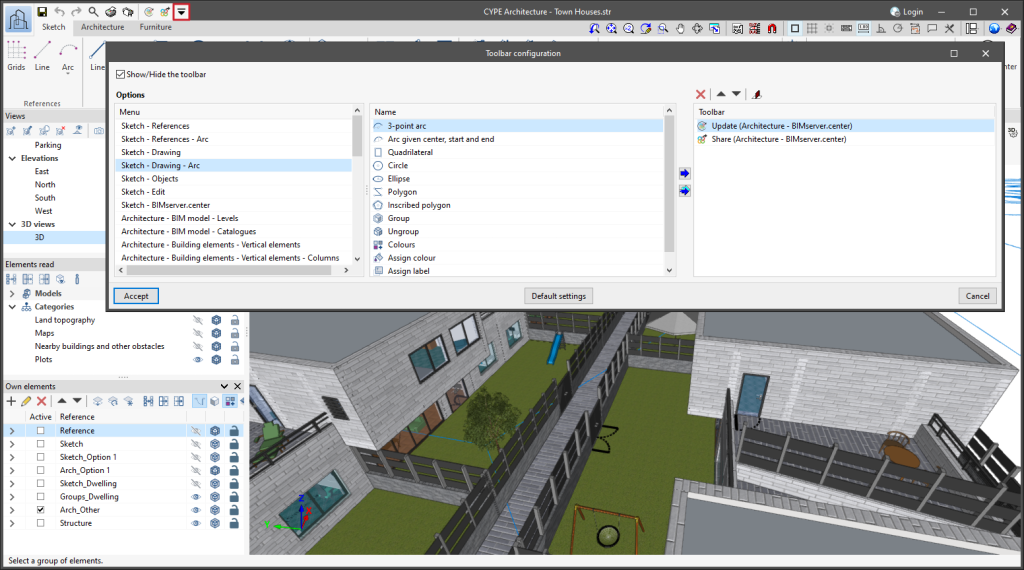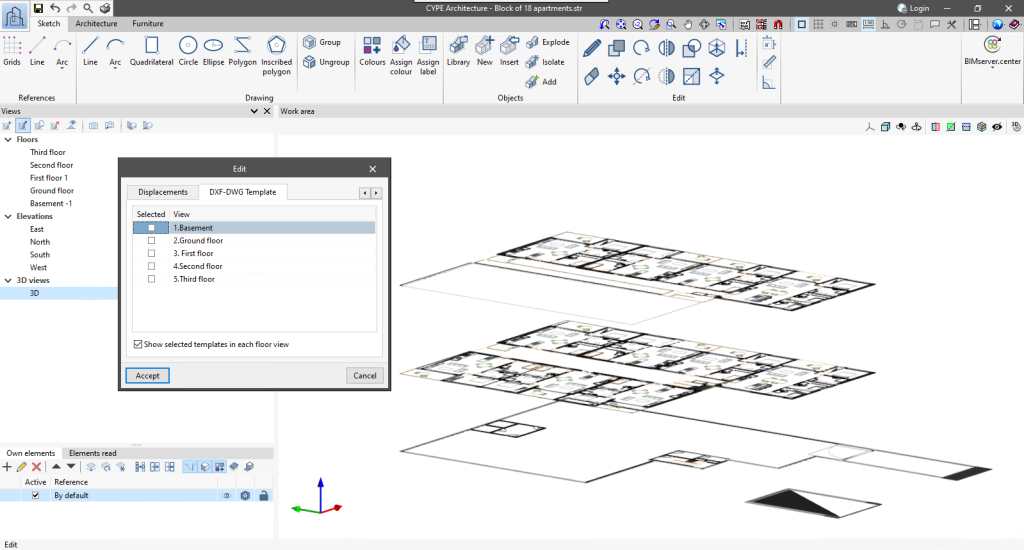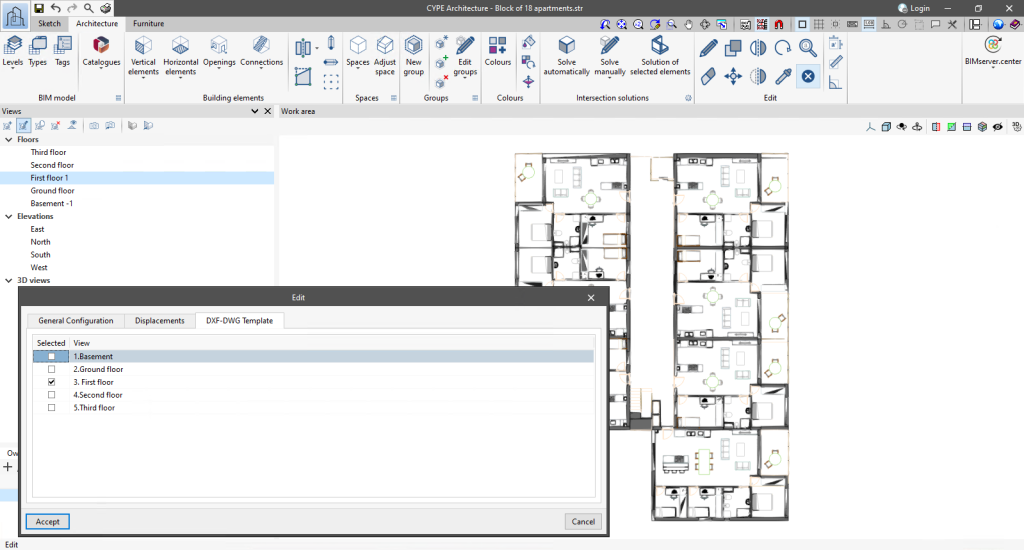As of version 2025.d, the following apps will be discontinued from CYPE's programs:
- IFC Uploader
You can now create new contributions directly from the project page on the BIMserver.center web platform. - CYPETEL Systems
The features of this program are included in CYPETEL. - CYPELUX EN / CYPELUX LEED
The features of these programs are included in CYPELUX. - CYPE Lightning
The features of this program are included in CYPELEC Distribution.


